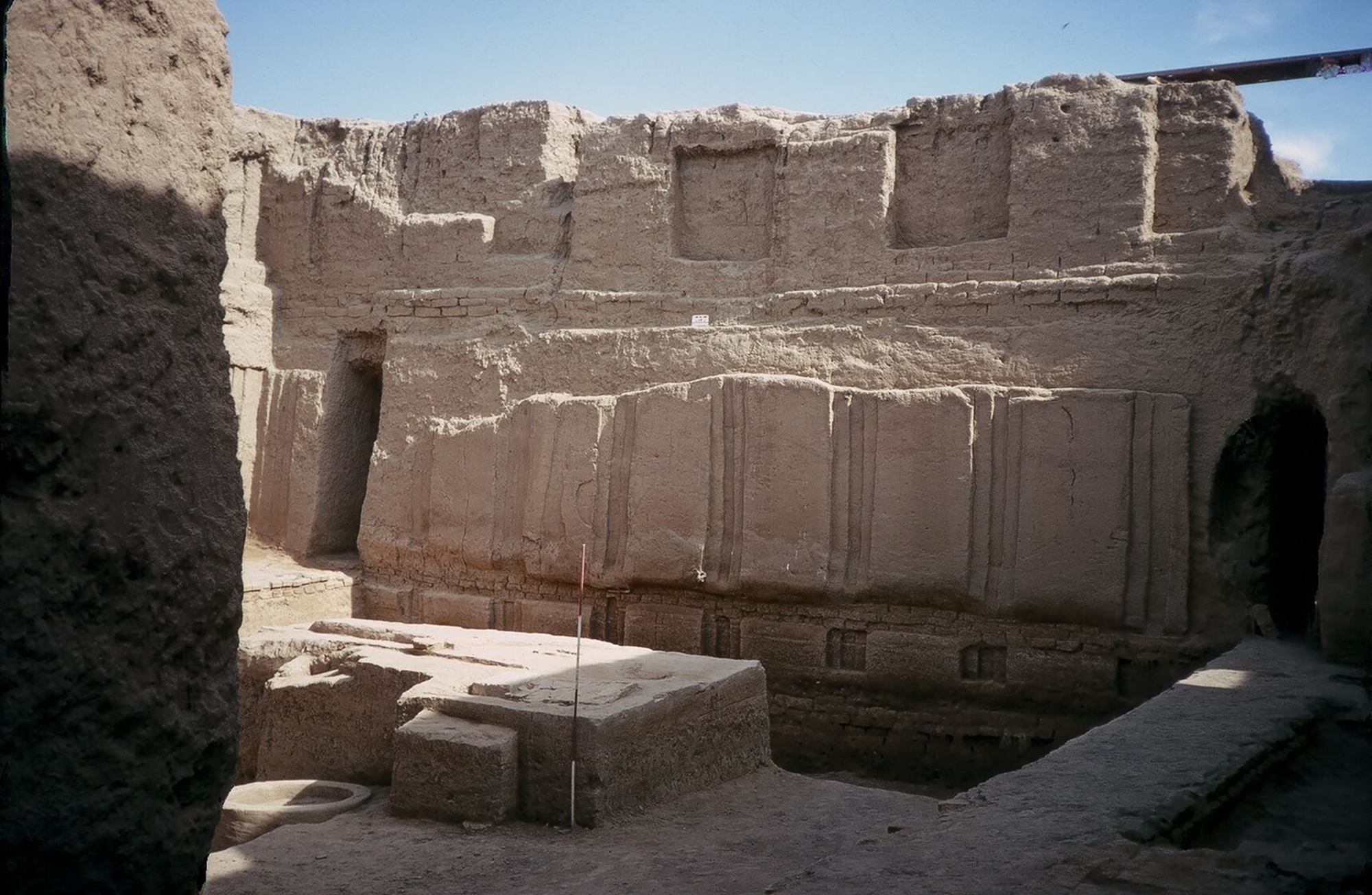
- Home
- Explore the site
- Urbanism and architecture
- Building a city
Basic material : mud brick
Buildings were made from locally produced mud bricks in every period. This material is particularly vulnerable to water: rainwater, but also groundwater, with a high salt content, which rises through capillary action and eats away at the base of the walls. This is why stones and pebbles were sometimes used in large quantities.
Stone: nearby sources
Gypsum, used extensively for the embankment, the official building under the level of the Temple of Ishtar and tomb slabs in City I, was still used for some monuments in City II. The stone was then mainly used for repairs. It is known to have originated from the cliffs above the Euphrates at Dura-Europos, 30 km upstream.
Thousands of tonnes of pebbles from the banks of the Euphrates or from quarries in the valley were spread over the levelled surface of the ruins of City II to protect the bases of large monumental buildings in City III from ground salt and as foundations for walls and terraces.
Wood: imported from the mountains
Timber for palaces and temples was imported from the mountainous regions upstream, in modern Syria or Turkey, usually floated down the Euphrates: charred cedar beams were found in the 'palace' of City II.





